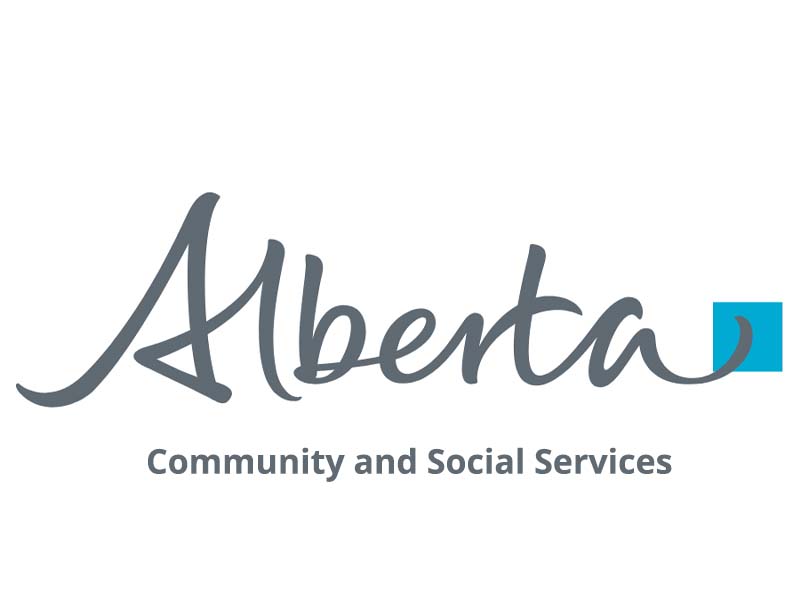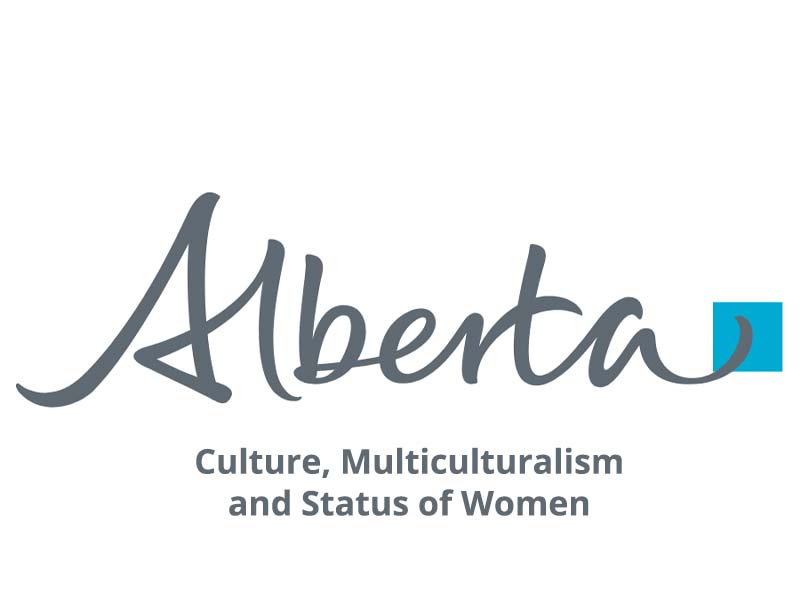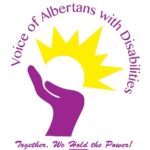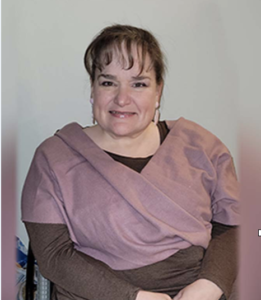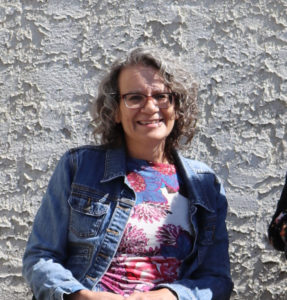Intersectionality in digital accessibility: How to craft an inclusive online space
By Michaela Leung, Published May 6, 2024
As the digital landscape continues to grow, so does the need for digital accessibility. It is the foundation on which we build inclusivity and ensures that everyone, regardless of their abilities or disabilities, can navigate and engage with the online world.
To guarantee a genuinely inclusive approach to digital accessibility, we must go beyond the basics. This means acknowledging and addressing all the layers of identity individuals have. This concept is called intersectionality.
Let’s look deeper into the term and apply it to how we view accessibility in the digital world.
Understanding Intersectionality
The term, coined by Kimberlé Crenshaw, acknowledges that people have multiple intersecting identities, influencing and shaping their experiences. These identities can include:
-Race
-Gender
-Sexual orientation
-Socioeconomic status
-Disability
And more
These various factors make each person’s perspective unique and multifaceted, and with digital accessibility, recognizing these intersections is essential in creating an online world that is genuinely inclusive.
Challenges with intersectionality in digital accessibility
Racial imbalances: Marginalized racial and ethnic communities often face unique challenges in accessing digital content, like:
-Language barriers
-Lack of representation
-Cultural differences
These factors can create barriers to effective communication and understanding.
Gender identities and technology: Digital platforms must recognize and respect diverse gender identities, which includes accommodating the needs of transgender and non-binary individuals to ensure that digital communities are sensitive to various gender expressions.
Disability across identities: Disabilities come in many forms, and people with intersecting identities may face compounded challenges. For example, a person with a disability from a racial or ethnic minority background might encounter unique barriers due to both their disability and their ethnicity.
Age, technology, and intersectionality: Age-related impairments affect how older adults interact with the digital world. When combined with other identities like gender or race, these challenges can be even more complex.
Ways to take an intersectional approach
Inclusive design: Designing with diversity in mind from the beginning is crucial. Inclusive design principles ensure digital products are accessible to a wide variety of users. Considering various intersecting identities during the design phase leads to adaptable and flexible solutions.
User-centered development: Actively involving people from diverse backgrounds in the development process is invaluable. Issuing usability tests with people representing a spectrum of identities can reveal nuanced challenges and facilitate the creation of more accessible websites.
Cultural competency: Digital content should be culturally sensitive and respectful, acknowledging the diversity of its audience. Accessibility can be enhanced by providing content in multiple languages and accounting for cultural differences.
Representation and empathy: Representation in digital content matters. This means including diverse voices, faces, and experiences in online media to foster empathy, understanding, and relatability. When users see themselves represented, they are more likely to feel acknowledged and included.
The intersectionality of identity is a reality that shapes how people perceive and interact with the world — offline and online. In the realm of digital accessibility, acknowledging these intersections is not just necessary. It’s transformative. By embracing intersectionality in digital accessibility initiatives, we move beyond a “one-size-fits-all” approach and create online spaces that truly reflect the diversity of the human experience.
As we continue to advance in the digital age, we recognize that our online world should be as diverse, complex, and vibrant as the offline world. Embracing intersectionality in digital accessibility is not just a technical necessity; it is a social responsibility that requires a commitment to ensuring that every person, regardless of their intersecting identities, can take part fully, engage meaningfully, and thrive equitably in the digital world.
 Become a Member
Become a Member login
login




